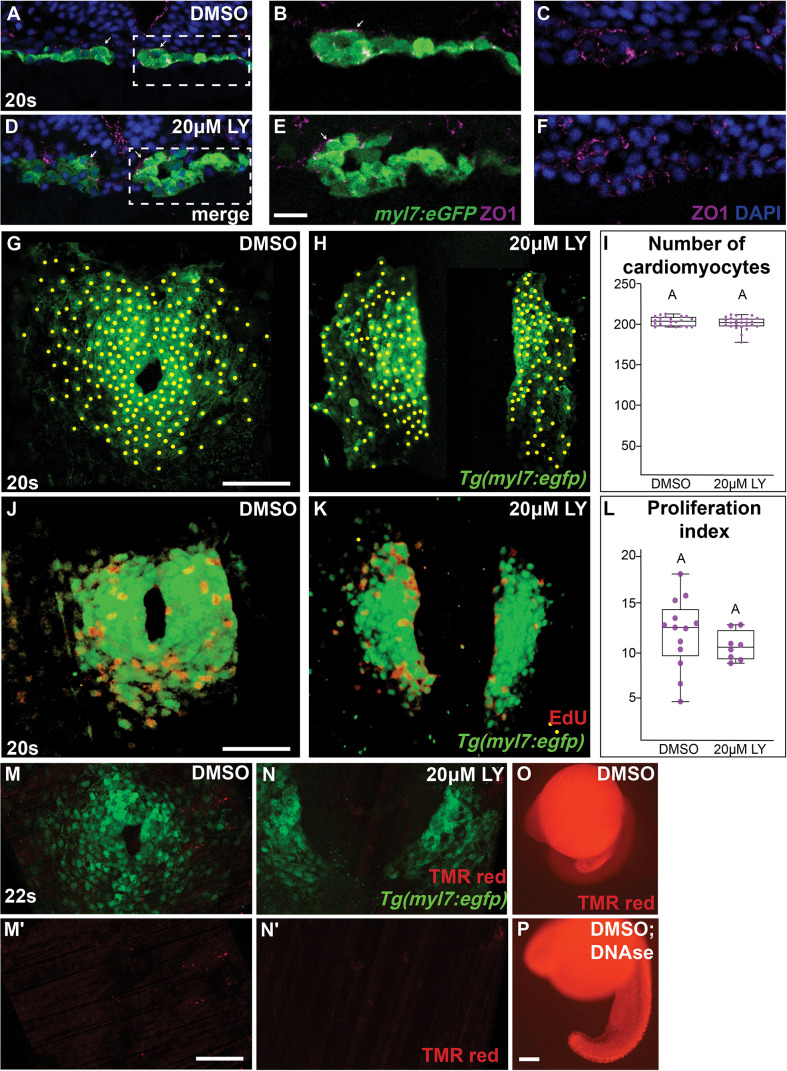Figure 1—figure supplement 4 Morphology and proliferation in the myocardium are not compromised in phosphoinositide 3-kinase (PI3K)-inhibited embryos.
Representative transverse cryosections, dorsal to the top, compare the morphology of the myocardium, visualized with

